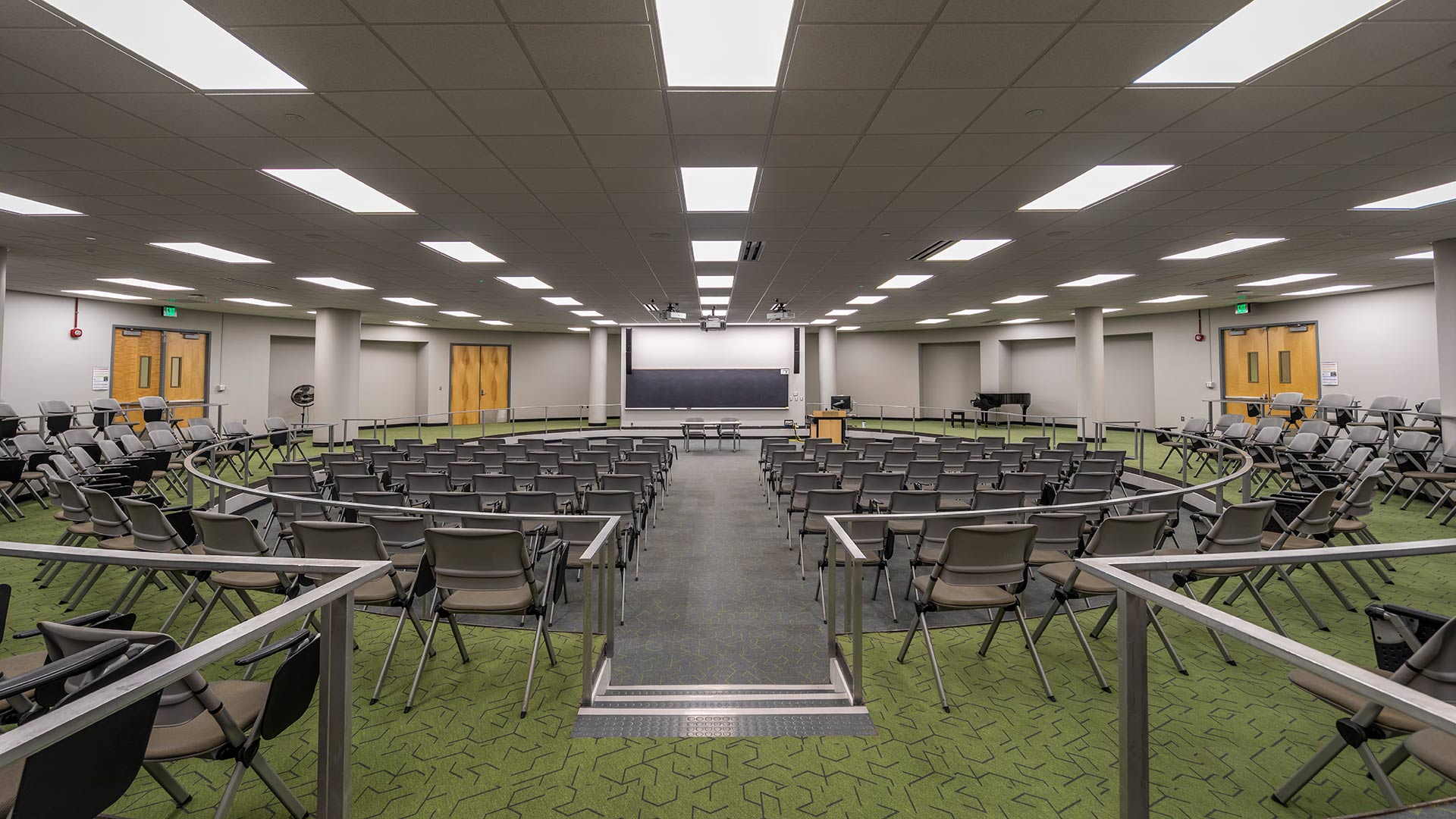Education Trends Will Inform Future Construction Plans
The practice of education is ever-changing. New technology, pedagogy and demands for a trained and educated workforce continue to change and evolve. But the combination of demographic declines and post-pandemic challenges – and opportunities – are radically shifting the way K12 school districts and higher education campuses are thinking about space and where, when and how learning best occurs.
Whether it is adaptive re-use, major renovation or new construction, re-thinking and right-sizing facilities that maximize the student experience and learning outcomes are more important than ever before, according to Ed Bloom, Rockford Construction’s Project Executive for Education.
"Great teachers build great students, there’s no doubt about it. But collaborative, flexible and engaging facilities can enhance student-centered learning and an efficient, cost-effective educational delivery."
Ed Bloom, Rockford Construction Project Executive for Education
Some changes that schools can anticipate in the education construction industry include:
Technology
While technology has been a part of the modern classroom for decades, new opportunities and demands for remote, hybrid and asynchronous learning have raised the bar on expectations for facilities and teaching methods. Connectivity, audiovisual technology, teleconferencing and all the other tools needed for a broader variety of teaching and learning styles are crucial components of the classrooms of the future.
Experience-focused spaces
Educators know that changing pedagogy and novel approaches to instruction often help students learn in new ways, but hands-on, project-based instruction remains a critical component of learning environments. Today, schools and colleges are expanding experienced-based learning to better align with the needs and demands of today’s labor-challenged economy. In addition to flexible and adaptable classrooms, skills-based learning environments including automotive, industrial and construction labs, join healthcare simulation facilities and engineering and design “maker spaces” to create robust and relevant opportunities for our future workforce.
Health and Well-Being
The health and well-being of all students remains an overarching concern in both K12 and higher education spaces. New ventilation systems and technology help filter airborne particles, germs and bacteria to keep students and staff healthier and in class. Fresh air, natural light and engaging spaces contribute to mental health as well as higher test scores. And opportunities for social interaction and physical activity remain important components of a healthy learning experience at all levels of education.
Security
Security continues to be a focal point across the country, and schools are responding to keep students safe. Options for active and passive systems including secure vestibules, closed-circuit TV systems, keycard systems, campus layout changes and secure classrooms are design considerations that can provide additional layers of safety for students. In higher education, lighting, access control, security phones and more can provide improved safety outcomes.
“Education design and construction continues to evolve, and our team brings forward-thinking, cost-effective solutions that meet our clients’ needs now and for the future,” Bloom said. “We can help our clients create innovative spaces that will help students succeed inside and outside of the classroom.”
Check out our K12 and Higher Education market pages to learn more about how we can help you build your next education project.
previous Post
previous Post
